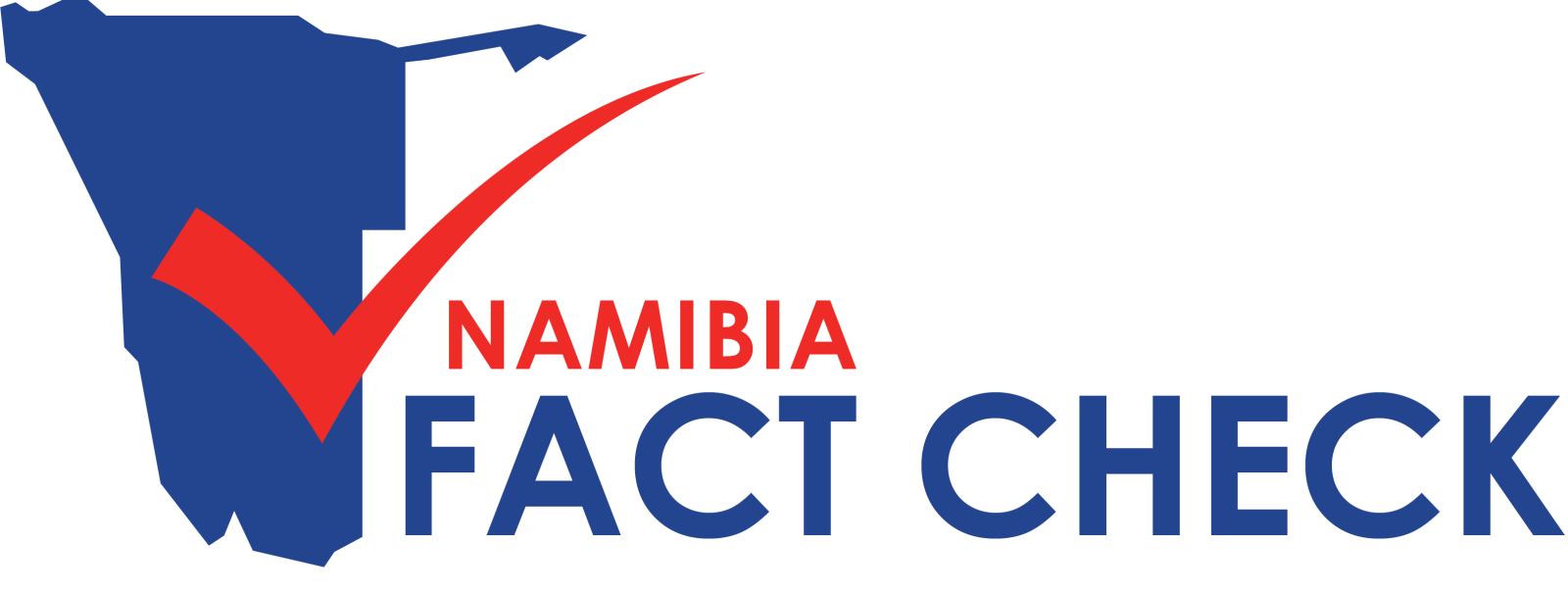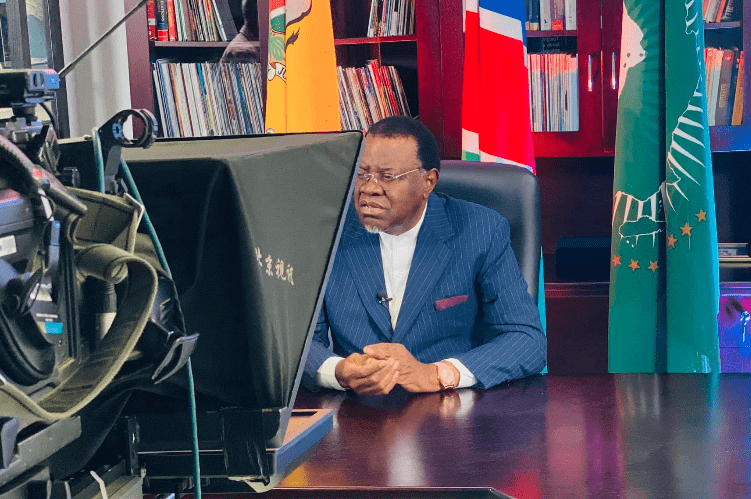Photo courtesy: Namibian Presidency on Facebook
The hoax list appeared in the wake of president Hage Geingob’s new year message, which was delivered on 31 December 2019.
In the new year message the president states:
“I made it clear during the final Cabinet Meeting of 2019 that we can no longer conduct business as usual. The size of Cabinet shall be reduced and an attempt at 50/50 representation shall be made. Persistent lack of implementation of Government policies and programs cannot continue any longer.”
The presidential statement has attracted much coverage, discussion and speculation over the days and weeks since he made the remarks.
It was during this period that the hoax list made an appearance, with its origin a mystery. The hoax list is just the latest occurrence in a growing tide of Namibian political disinformation.
The list was especially widely shared via WhatsApp groups, but also on Facebook and Twitter.
The false list of reduced Cabinet ministers and portfolios looks as follows:
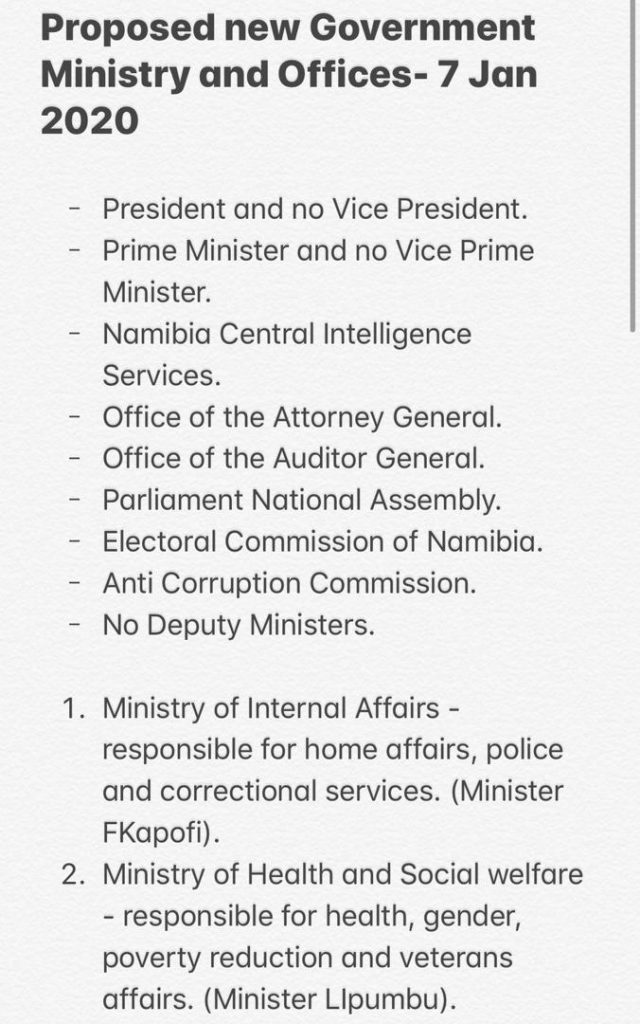
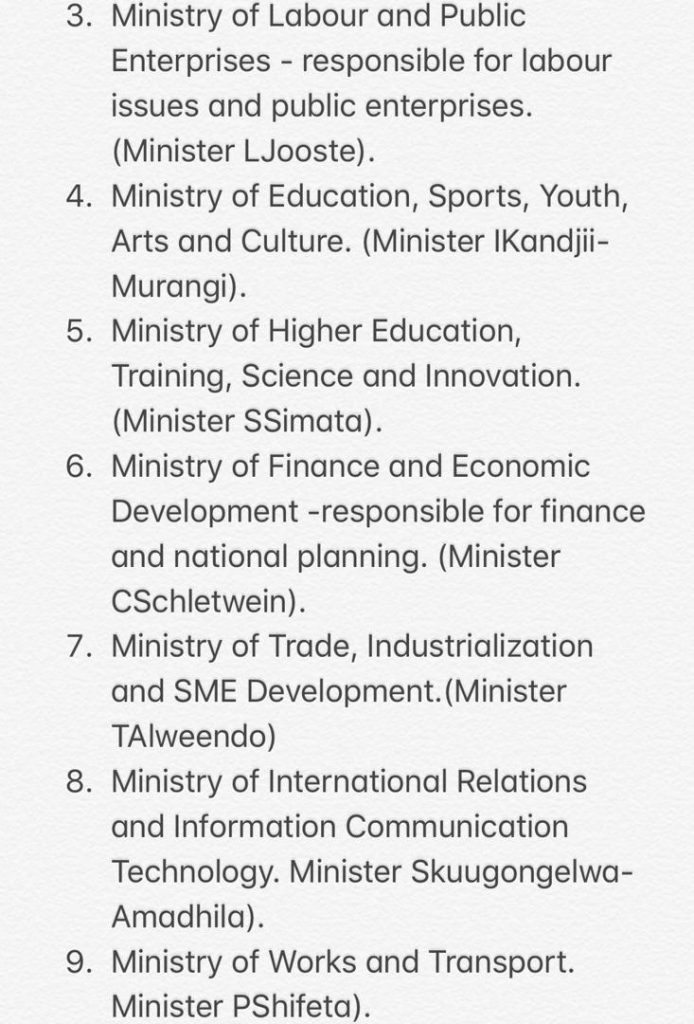
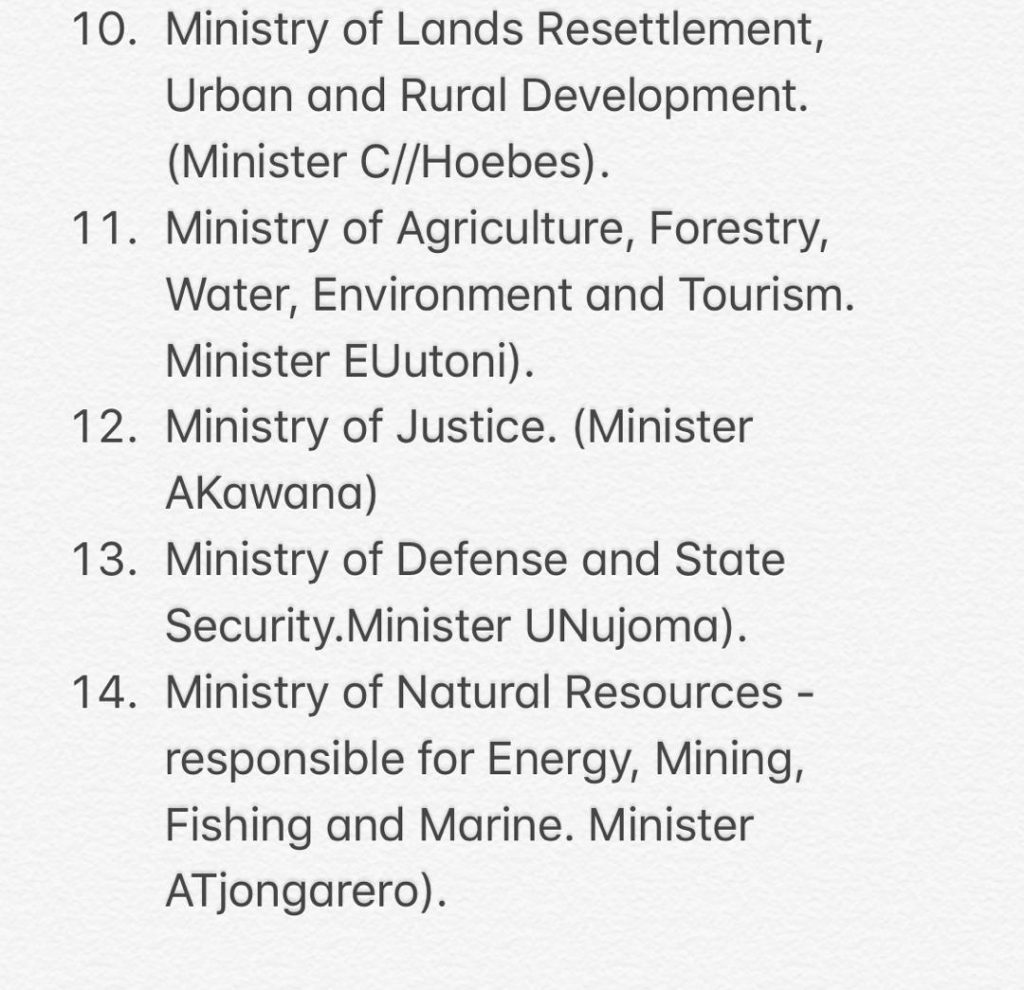
Following the emergence of the list, various social media users have queried the authenticity of the list.
When contacted recently via WhatsApp by Namibia Fact Check to comment on the authenticity of the list as it continued to go around on social media, Namibian Presidency press official Sharonice Busch responded:
“The President has a formal announcement process for Cabinet at a time of his choosing. The list is an invention, disinformation and fake news.”
What to do when encountering questionable content?
Namibians are increasingly being confronted with all sorts of mis-/disinformation and propaganda on online social media and via WhatsApp.
When encountering information on social media that seems significant, but appears to be questionable in origin and substance, the best way to try and determine if the information is true is to always check if it has also been reported by reputable media sources or channels. If no media outlets have reported the information, then it most probably is not true.
